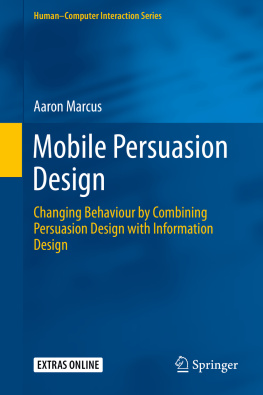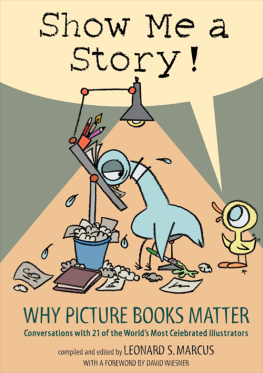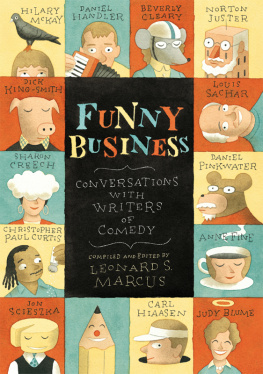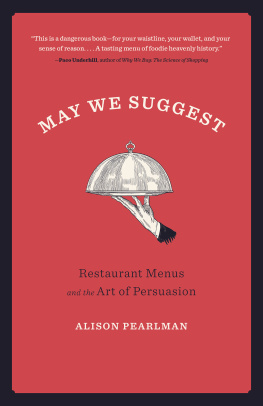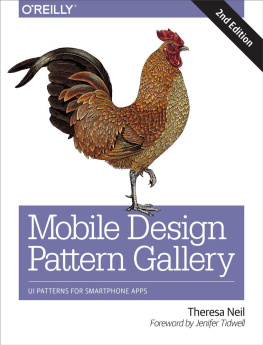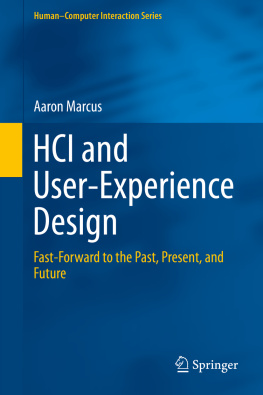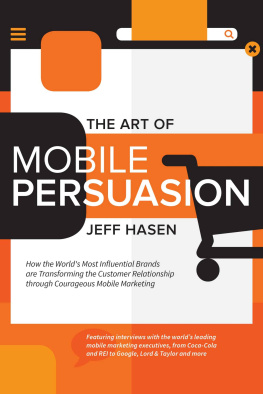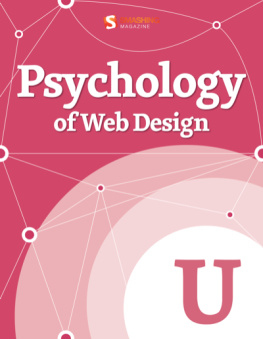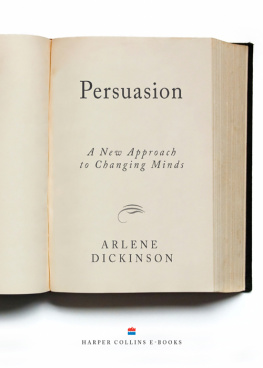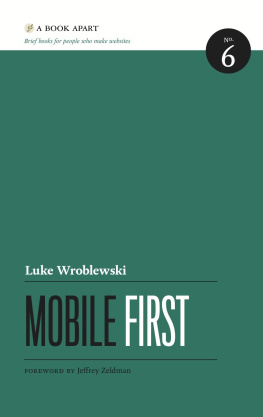Marcus - MOBILE PERSUASION DESIGN: changing behaviour by combining persuasion design with information ... design
Here you can read online Marcus - MOBILE PERSUASION DESIGN: changing behaviour by combining persuasion design with information ... design full text of the book (entire story) in english for free. Download pdf and epub, get meaning, cover and reviews about this ebook. City: London, year: 2018, publisher: Springer London Ltd, genre: Computer. Description of the work, (preface) as well as reviews are available. Best literature library LitArk.com created for fans of good reading and offers a wide selection of genres:
Romance novel
Science fiction
Adventure
Detective
Science
History
Home and family
Prose
Art
Politics
Computer
Non-fiction
Religion
Business
Children
Humor
Choose a favorite category and find really read worthwhile books. Enjoy immersion in the world of imagination, feel the emotions of the characters or learn something new for yourself, make an fascinating discovery.
MOBILE PERSUASION DESIGN: changing behaviour by combining persuasion design with information ... design: summary, description and annotation
We offer to read an annotation, description, summary or preface (depends on what the author of the book "MOBILE PERSUASION DESIGN: changing behaviour by combining persuasion design with information ... design" wrote himself). If you haven't found the necessary information about the book — write in the comments, we will try to find it.
Marcus: author's other books
Who wrote MOBILE PERSUASION DESIGN: changing behaviour by combining persuasion design with information ... design? Find out the surname, the name of the author of the book and a list of all author's works by series.
MOBILE PERSUASION DESIGN: changing behaviour by combining persuasion design with information ... design — read online for free the complete book (whole text) full work
Below is the text of the book, divided by pages. System saving the place of the last page read, allows you to conveniently read the book "MOBILE PERSUASION DESIGN: changing behaviour by combining persuasion design with information ... design" online for free, without having to search again every time where you left off. Put a bookmark, and you can go to the page where you finished reading at any time.
Font size:
Interval:
Bookmark:
- Plan : Determine strategy, tactics, likely markets, stakeholders, platforms, tools, and processes.
- Research : Gather and examine relevant documents, stakeholder statements.
- Analyze : Identify the target market, typical users of the product, personas (characteristic users), use scenarios, competitive products.
- Design : Determine general and specific design solutions, from simple concept maps, information architecture (conceptual structure or metaphors, mental models, and navigation), wireframes, look and feel (appearance and interaction details), screen sketches, and detailed screens and prototypes.
- Implement : Script or code specific working prototypes or partial so-called alpha prototypes of working versions.
- Evaluate : Evaluate users, target markets, competition, the design solutions, conduct field surveys, and test the initial and later designs with the target markets.
- Document : Draft white papers, user-interface guidelines, specifications, and other summary documents, including marketing presentations.
- Data are significant patterns of perceptual stimuli, e.g., a collection of temperature sensations or readings.
- Information is significant patterns of data, e.g., the temperature and other weather conditions, or the traffic conditions for a particular road, for a particular day in a particular city.
- Knowledge is significant patterns of information together with action plans , e.g., the weather conditions for a city on a particular day, their impact on traffic patterns, and the likely alternate roads on which to drive to arrive safely and on time at a destination, with a likely best choice indicated or in mind.
- Wisdom is significant patterns of knowledge, either in-born or acquired through experience, e.g., the knowledge of past experience taking certain roads, the likelihood of traffic accidents or repairs along that route, and familiarity with the various route options.
Font size:
Interval:
Bookmark:
Similar books «MOBILE PERSUASION DESIGN: changing behaviour by combining persuasion design with information ... design»
Look at similar books to MOBILE PERSUASION DESIGN: changing behaviour by combining persuasion design with information ... design. We have selected literature similar in name and meaning in the hope of providing readers with more options to find new, interesting, not yet read works.
Discussion, reviews of the book MOBILE PERSUASION DESIGN: changing behaviour by combining persuasion design with information ... design and just readers' own opinions. Leave your comments, write what you think about the work, its meaning or the main characters. Specify what exactly you liked and what you didn't like, and why you think so.

